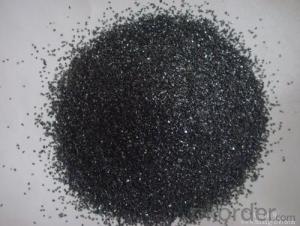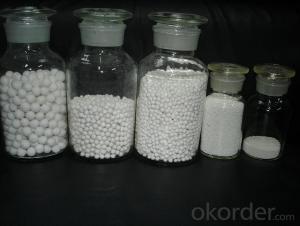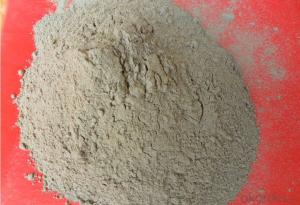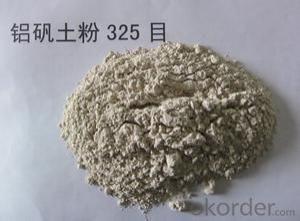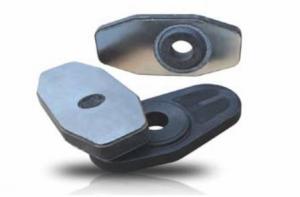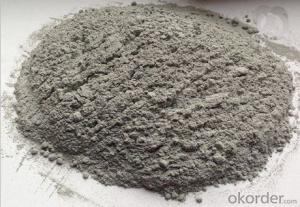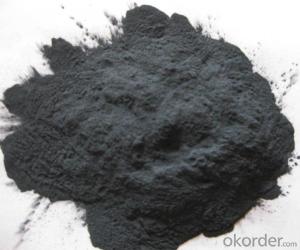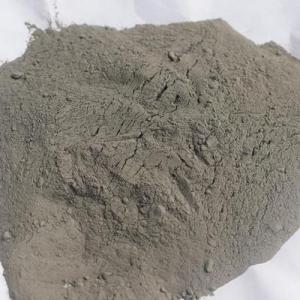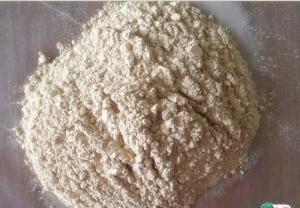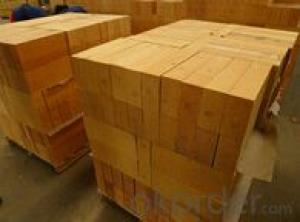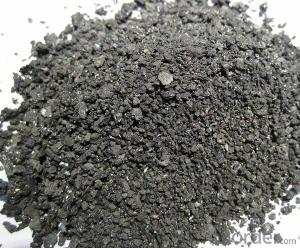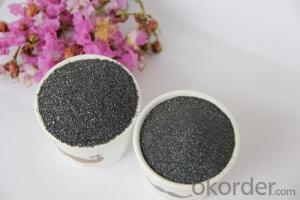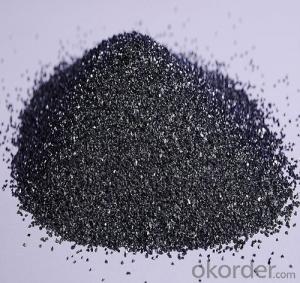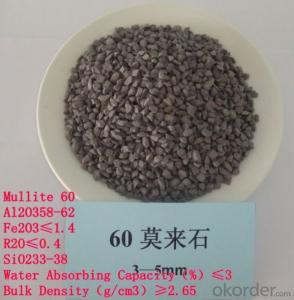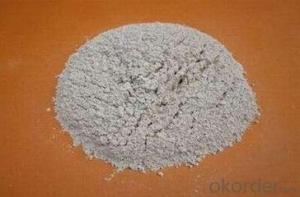All Categories
- - Steel Wire Rod
- - Steel Coils
- - Steel Profiles
- - Steel Pipes
- - Stainless Steel
- - Tinplate
- - Special Steel
- - Steel Sheets
- - Steel Rebars
- - Steel Strips
- - Hot Rolled Steel
- - Cold Rolled Steel
- - Pre-painted Steel
- - Seamless Steel Pipe
- - Welded Steel Pipe
- - Hollow Steel Tubes
- - Galvanized Pipe
- - Stainless Steel Coil
- - Stainless Steel Sheet
- - Stainless Steel Plate
- - Stainless Steel Strips
- - Electrolytic Tinplate Coil
- - Electrolytic Tinplate Sheet
- - Stainless Steel Rebars
- - Solar Panels
- - Solar Water Heater
- - Solar Related Products
- - Solar Inverter
- - Solar Cells
- - Solar Light
- - Solar Energy Systems
- - Solar Controllers
- - Solar Mounting System
- - Solar Pump
- - Solar Chargers
- - Fiberglass Chopped Strand
- - Fiberglass Mesh Cloth
- - Composite Pipes
- - FRP Pultrusion Profiles
- - Fiberglass Mat Tissue
- - Fiberglass Fabrics
- - Fiberglass Mesh
- - Composite Tank
- - Fiberglass Mesh tape
- - Polymer
- - FRP Roofing Panel
- - Fiberglass Roving
- - Monolithic Refractories
- - Ceramic Fiber Products
- - Refractory Bricks
- - Raw Materials For Refractory
- - Suspended Platform
- - Cranes
- - Concrete Machinery
- - Earthmoving Machinery
- - Building Hoist
- - Road Building Machinery
- - Plastic Pipe Fittings
- - Plastic Tubes
- - Plastic Sheets
- - Agricultural Plastic Products
- - Plastic Nets
Q & A
Describe the use of silicon carbide ramming materials in the repair and maintenance of induction furnaces.
Silicon carbide ramming materials are commonly used in the repair and maintenance of induction furnaces. These materials are heat-resistant and provide excellent thermal conductivity, making them ideal for lining the furnace. The ramming materials are used to create a protective lining that can withstand the high temperatures and corrosive environment inside the furnace. This lining helps to prevent the furnace walls from cracking or eroding due to the extreme conditions, thereby extending the lifespan of the furnace. Additionally, silicon carbide ramming materials have a low thermal expansion coefficient, which ensures stability and reduces the risk of thermal stress in the furnace. Overall, the use of silicon carbide ramming materials is essential for ensuring the efficient and reliable operation of induction furnaces.
What are the benefits of using barium titanate as a raw material in refractory production?
Barium titanate offers several benefits as a raw material in refractory production. Firstly, it possesses excellent thermal stability and high melting point, making it suitable for use in high-temperature applications. Secondly, barium titanate has a low coefficient of thermal expansion, which helps to minimize thermal stress and cracking during heating and cooling cycles. Additionally, it exhibits good electrical insulating properties, making it ideal for applications that require electrical resistance. Lastly, barium titanate has a high dielectric constant, making it useful in the production of refractories for applications involving capacitors or electronic components.
How is silica processed for refractory applications?
Silica is processed for refractory applications through a series of steps that involve crushing, grinding, and purification. Initially, the raw silica is crushed into smaller particles to enhance its surface area and optimize the subsequent processing steps. Then, it is ground into a fine powder to achieve the desired particle size distribution. The ground silica is further purified to remove impurities such as iron, alumina, and other trace elements that may affect its refractory properties. This purification process involves various techniques like magnetic separation, froth flotation, and acid leaching. The resulting purified silica is then ready to be used in refractory applications such as the production of high-temperature resistant bricks, liners, and molds.
Which refractory raw materials are commonly used in the steel industry?
Commonly used refractory raw materials in the steel industry include magnesia, alumina, silica, chrome ore, and graphite.
Wholesale Raw Materials For Refractory from supplier in Hungary
We are a Raw Materials For Refractory supplier serving the Hungary, mainly engaged in the sale, quotation, and technical support services of various Raw Materials For Refractory products in the Hungary region. We are a subsidiary platform of the Fortune Global 500 company CNBM, able to provide you with one-stop Raw Materials For Refractory procurement services in the Hungary. Not only do we have a wide range of Raw Materials For Refractory products, but after years of market development in the Hungary, we can also provide valuable experience for your projects.
Hot Search
- Monolithic Refractories in Morocco
- Ceramic Fiber Products in Portugal
- Refractory Bricks in Namibia
- Raw Materials For Refractory in Romania
- Ceramic Fiber Products in Chad
- Ceramic Fiber Products in Gabon
- Ceramic Fiber Products in Vietnam
- Monolithic Refractories in Syria
- Raw Materials For Refractory in Thailand
- Refractory Bricks in Jamaica

